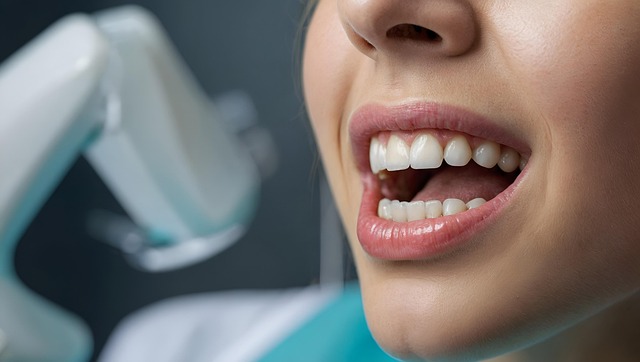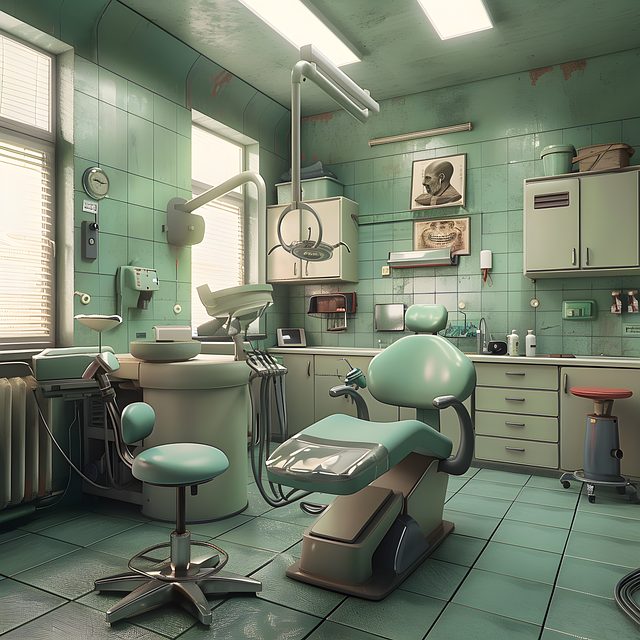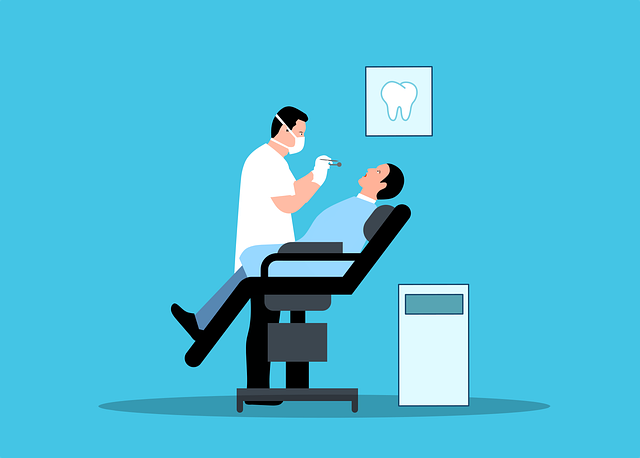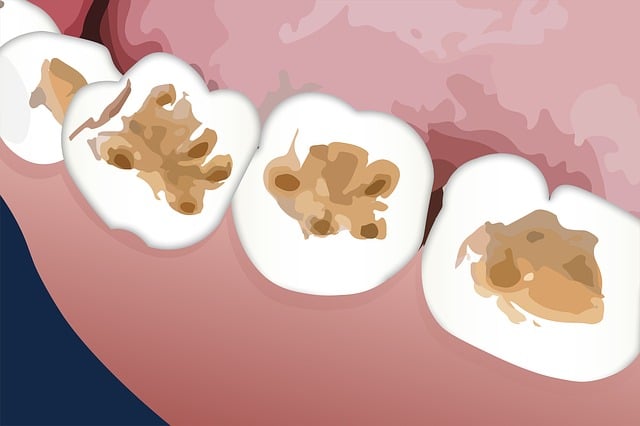Sleep apnea in children, often overlooked but prevalent, causes breathing pauses during sleep leading to various issues. Diagnosing it involves observing behavioral cues and conducting medical history assessments along with specialized sleep studies. Parents seeking children's orthodontic care Leicester should recognize these symptoms for referrals to tailored treatment options addressing their unique needs. Advanced techniques like polysomnography and home-based testing kits aid accurate detection, while positive airway pressure (PAP) therapy and oral appliances are effective management strategies.
Sleep apnea in children is a common yet often overlooked sleep disorder, characterized by pauses in breathing during sleep. If left undiagnosed, it can lead to various health issues. This article explores the essential topics of understanding sleep apnea in kids, assessing its presence through accurate methods, and providing effective treatment options tailored for young patients. By delving into these areas, we aim to highlight the significance of children’s orthodontic care in Leicester, ensuring optimal oral health and well-being.
- Understanding Sleep Apnea in Children: Symptoms and Diagnosis
- Assessment Methods for Accurate Sleep Apnea Detection
- Treatment Options for Effective Management of Sleep Apnea in Kids
Understanding Sleep Apnea in Children: Symptoms and Diagnosis

Sleep apnea is a common but often undiagnosed sleep disorder that can affect children just as much as adults. It’s characterized by pauses in breathing or shallow breaths during sleep, leading to disrupted sleep patterns and potential long-term health issues. In children, these pauses can be brief, lasting just a few seconds, but they occur frequently throughout the night. This disruption can lead to excessive daytime sleepiness, poor cognitive performance, behavioral problems, and even heart complications.
Diagnosing sleep apnea in children often involves observing their behavior and symptoms. Parents or caregivers may notice signs such as snoring, breathing pauses, restless sleeping, or frequent night-time awakenings. Children might also experience morning headaches, difficulty concentrating, and mood changes. A comprehensive approach to diagnosis may include a detailed medical history, physical examination, and specialized sleep studies, such as polysomnography, which can provide valuable insights into the child’s breathing patterns during sleep. For those seeking children’s orthodontic care in Leicester, understanding these symptoms is crucial as it can guide referrals for further assessment and appropriate treatment options tailored to young patients’ needs.
Assessment Methods for Accurate Sleep Apnea Detection

Sleep apnea assessments require a combination of advanced techniques to ensure accurate detection, especially for children needing orthodontic care in Leicester. One common method involves overnight polysomnography, where specialized equipment monitors various physiological parameters during sleep. This includes tracking breathing patterns, heart rate, and oxygen levels to identify episodes of apnea or hypopnea.
Additionally, home-based testing kits equipped with wearable sensors are gaining popularity for their convenience. These devices record sleep data, allowing healthcare professionals to analyze the information remotely. For pediatric patients, these methods offer a less invasive approach while still providing valuable insights into sleep quality and potential apnea symptoms.
Treatment Options for Effective Management of Sleep Apnea in Kids

Sleep apnea in children can be effectively managed through a variety of treatment options tailored to their unique needs. One key aspect is positive airway pressure (PAP) therapy, which uses a machine to gently blow air into the nose and maintain an open airway during sleep. This is often the first-line treatment and can significantly reduce apneic events, improving overall sleep quality. For children who struggle with PAP, oral appliances offer an alternative. These custom-fitted devices resemble mouthguards and are designed to keep the lower jaw forward, thus maintaining an open airway.
In some cases, surgery might be recommended as a last resort when other treatments have not been successful. Procedures can vary from adjusting the soft tissue in the throat to more complex interventions like mandibular advancement surgery, which moves the lower jaw forward. Children’s orthodontic care Leicester specialists often collaborate with sleep medicine experts to provide comprehensive care. They ensure that the dental aspects of sleep apnea are addressed, contributing to improved breathing and overall well-being during sleep.
Sleep apnea in children is a serious sleep disorder that can significantly impact their overall health and development. Through understanding the symptoms, utilizing accurate assessment methods, and exploring various treatment options such as continuous positive airway pressure (CPAP) therapy or oral appliances, parents and healthcare professionals in Leicester can effectively manage this condition. Ensuring proper Children’s orthodontic care alongside dedicated sleep apnea management is vital for promoting a healthy and restful night’s sleep for kids.
